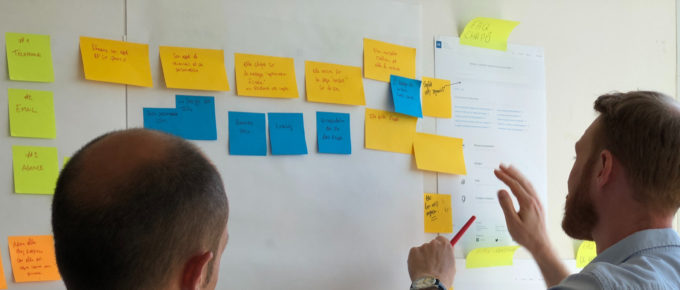I’ve written a lot about process. I’ve spent a lot of time sharing what good and bad process looks like, and advocating for better process over best process. What I’ve not focused on—which is an interesting oversight—is the mindset and personality of the people who actually build process for a living. This is important, because it goes a long way to explaining why we get the kinds of processes that we do. And what needs to change if we want to get processes that truly work.
Process Shouldn’t Get In The Way
How people experience working with you depends upon a number of factors. A big part of that is process. As I have written about extensively, process is important. It helps to coordinate, to deliver results, and to codify expectations and principles into guidelines that can be followed. Those benefits tend to be internal to an organization, however. Frustrations and unintended consequences can occur when those same processes bleed to the outside. For those who lead with process, consider this a cautionary tale.
So What Are Practices For, Anyway?
If best practices aren’t actually best, then why do they exist? What is the point of process, of practices, of standards even, if they don’t reliably produce good results? While some standards have value, and there are simple situations where there might be a best way of doing things, when it comes to the strategic work that we take on, we are far removed from those statements being true. Even when we want there to be a way of working, one that is consistent and repeatable, the reality we find ourselves in is usually very different. It helps to know what to draw on instead if we are going to be successful.
The More Process You Have, The Less Process You Need
Process is important. It provides useful and relevant guidance on how to get things done. And yet process can also be a crutch, particularly when we presume the real world works exactly as the process prescribes. For process to be useful, then, we need to rethink how we relate to process.
“Best Practices” Aren’t Doing For You What You Think They Are
There is a subset of the population that is in love with the idea of “best practices.” It is incredibly appealing to believe that there is one right way of doing things. Simply calling something “best practice” is to implicitly make it unassailable. And yet how we think about best practices says a lot more about the person that it does about the practice.
You Can’t Implement Process And Get Culture
Culture change is hard. And we would prefer not to deal with the hard stuff. All too often, we want to be able to define what we expect, and have behaviours and culture norms to line up behind that. Sadly, it doesn’t work that way. Cultural transition is possible, but process doesn’t drive culture. Although culture will determine what process is possible.






